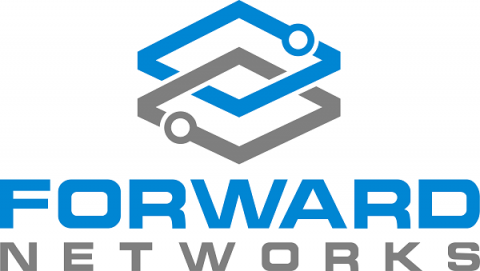Security | Threat Detection | Cyberattacks | DevSecOps | Compliance
Security
Teleport: Fresh access for all your infrastructure
Mitigating Third-Party Vendor Risk in Your Supply Chain
A recent survey by the analyst firm Gartner showed that 89% of companies experienced a supplier risk event in the last five years; however, those companies' overall awareness and plans to mitigate lacked maturity. As a result, it is no longer enough to secure your own company's infrastructure. You must also evaluate the risk posed by third-party vendors and plan to monitor those organizations for breaches.
Cloud-native SOAR and SIEM solutions pave the road to the modern SOC
Tanium and Netskope: Delivering Continuous Device Classification
Netskope is a leading provider of cloud security with its security service edge, single-pass architecture. Using clients to steer traffic to the Internet through the Netskope Security Cloud means that customers can securely enable data moving into and out of the distributed corporate environment. But this traffic has to originate from an endpoint—and endpoints can be compromised. How do organizations know whether SaaS traffic originating from an endpoint is potentially compromised or at risk?
Using SSH Port Knocking to Hide an SSH Server
This article will explore methods for “hiding” SSH servers so that the server is harder to discover by malicious users on public networks. We’ll focus on changing the default SSH port and implementing SSH port knocking to make it more difficult for unwanted users to discover or locate the server.
What will 2022 Bring for Cloud Computing?
Predicting the future is tricky business. However, when you’re privileged enough to frequently speak with the technology leadership at Fortune 500 companies, looking forward is less about gazing into a crystal ball and more of an extrapolation of trends that you're seeing. I’m honored that Fast Mode published my article detailing what I think is in store for cloud computing in 2022.
Log4j Update: Brian Roche - Chief Product Officer
Making Progress Securing Our Nation's Water Supply
Water and wastewater treatment may not be at the top of most people’s list of discussion topics, but the more you think about it, the more clear it becomes that this particular subsegment of the utilities market is a vital part of our critical infrastructure. We rely on the ability to turn on the tap and get clean, safe water every day. And we’ve seen what havoc losing that ability can wreak from the crisis in Flint, MI.
HIPAA Password Requirements
The healthcare industry faces a plethora of serious cybersecurity risks. Indeed, 2021 saw a record number of major health data breaches in the U.S. — the breach notification portal of the U.S. Department of Health and Human Services lists at least 713 incidents affecting 45.7 million individuals.











